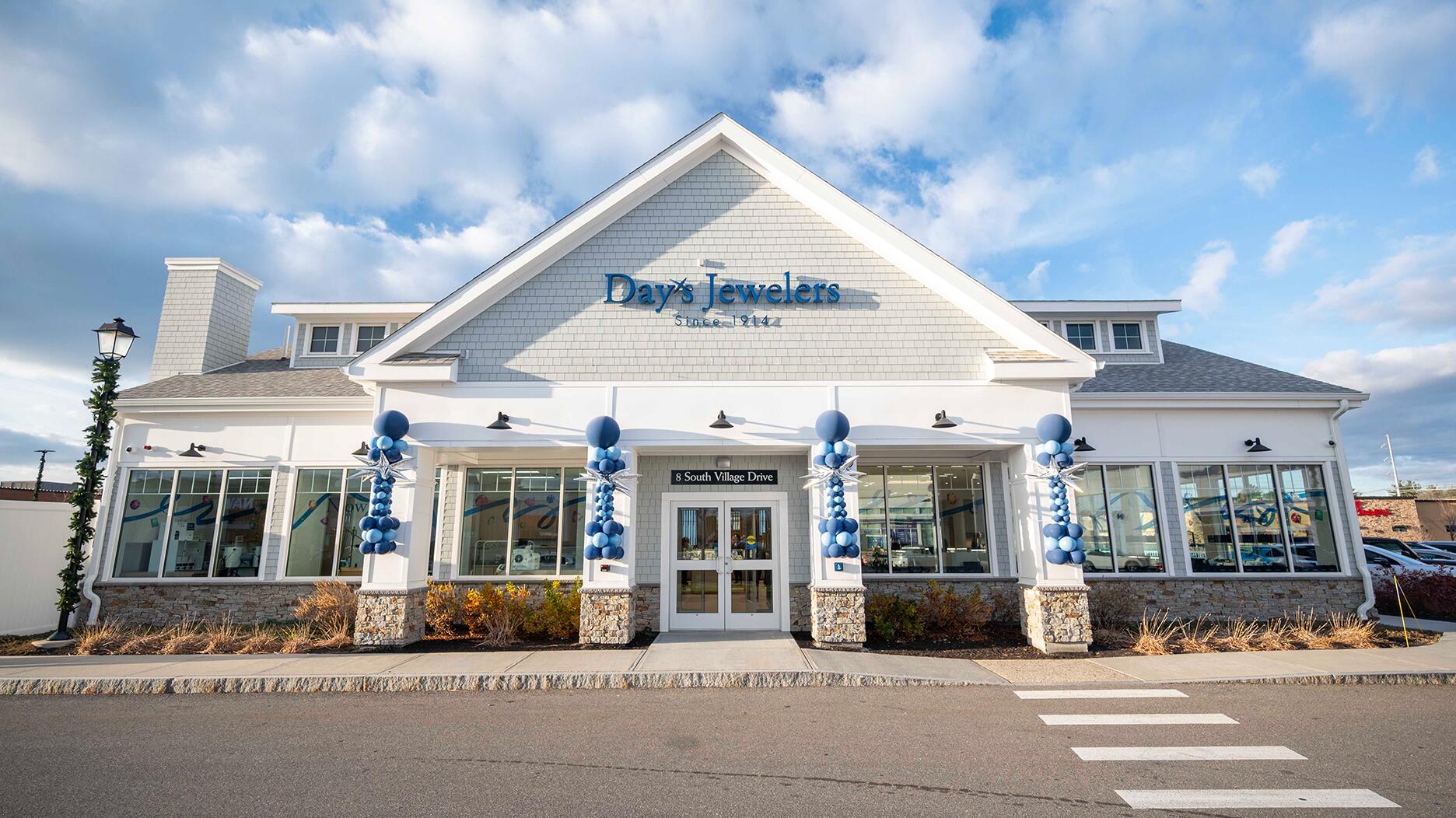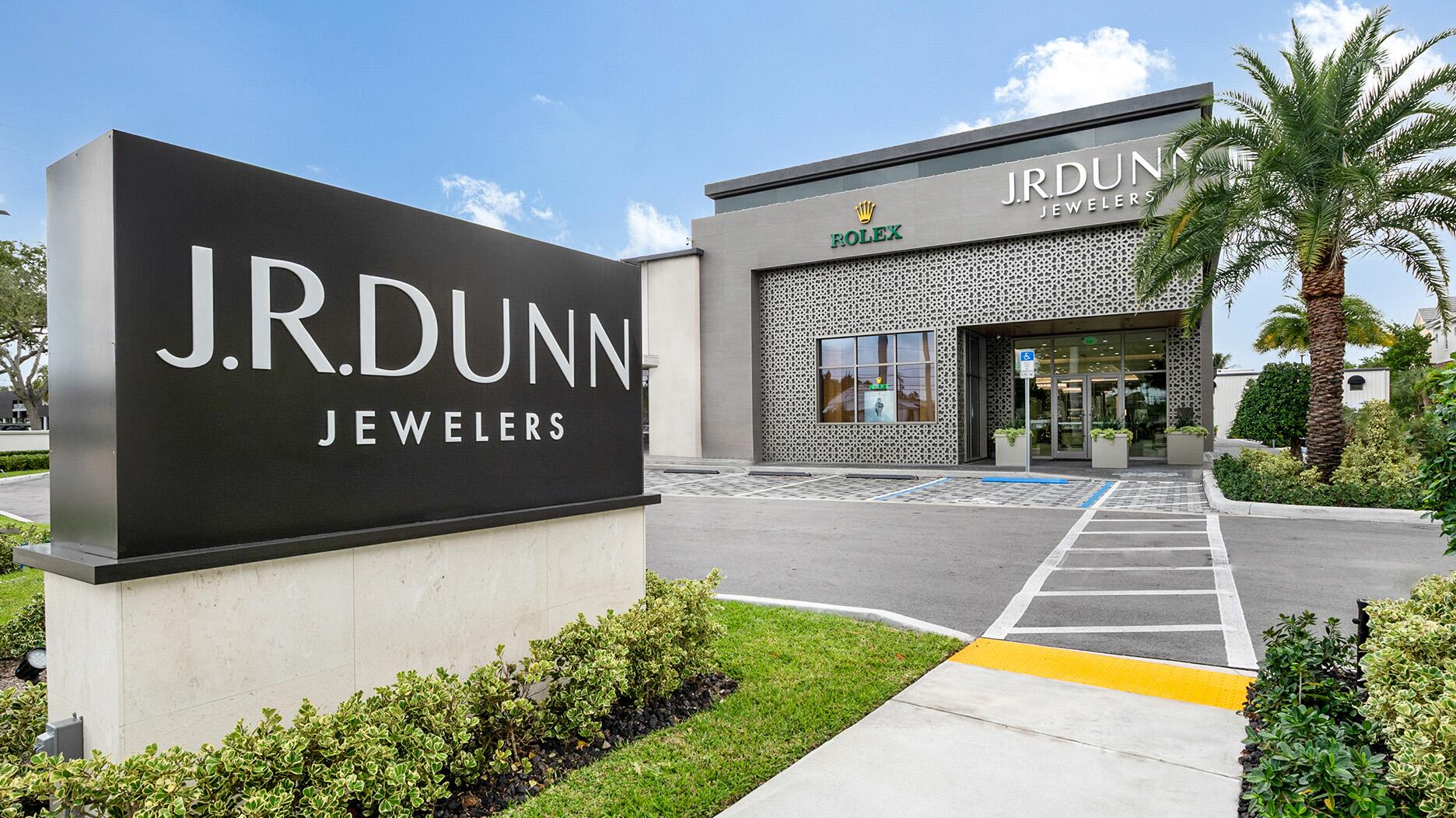Montreal’s Ecksand Eyes Move to SoHo
Creative Director Erica Bianchini shared why the jeweler is looking to expand into the U.S. and how it’s putting Canadian craftsmanship on the map.
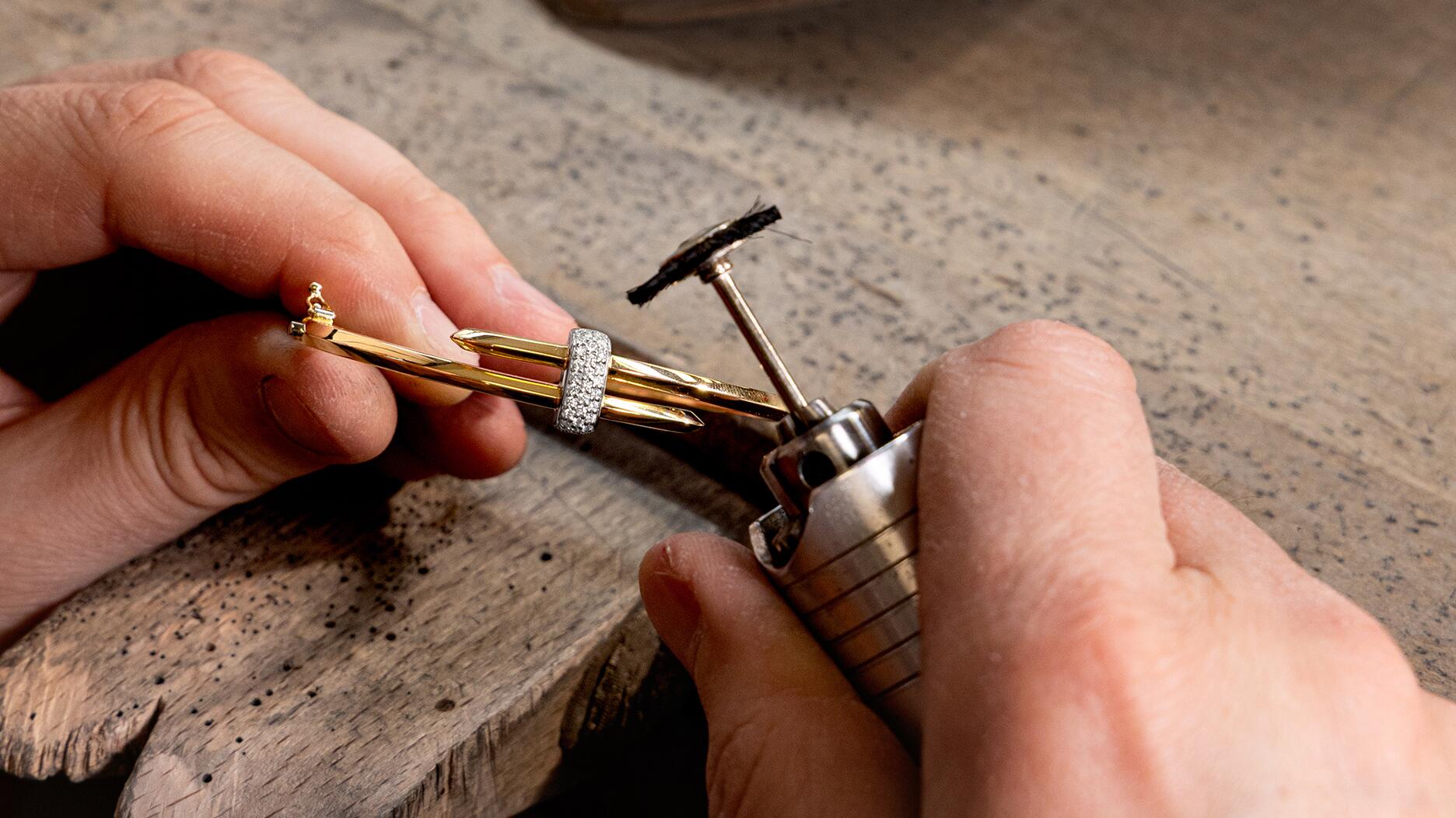
Founded in 2009, Ecksand creates its jewelry from start to finish in its Montreal atelier, describing it as fine jewelry with a French-Canadian flair.
The move to the U.S. comes at an exciting time for the Canadian company, having recently been awarded the Canadian National Mark, an official designation granted by Canada’s Commissioner of Competition.
In an interview with National Jeweler, Ecksand’s Creative Director and Co-Founder Erica Bianchini explained what the honor signifies, why the jeweler is headed to the U.S., and how the brand plans to put Canadian craftsmanship on the map.
The Canadian National Mark features a maple leaf marking indicating nearly the entire production process takes place in Canada. It has only been awarded to 108 companies, said Ecksand.
For the jeweler to receive the designation, auditors had to see that nearly every step of the production process took place in Canada, including its design, casting, stone-setting, and the finishing touches.
There is some wiggle room for materials that may not be available in Canada, like certain gemstones.
The jewelry must be 98 percent produced in Canada, meaning some of the materials can come from overseas. However, they have to meet Canadian standards for ethical and responsible sourcing, and are hand-selected in Canada.
Ecksand’s diamonds are sourced from Canada, as well as Botswana and Australia, states its website.
The designation requires that all manufacturing be done in Canada, that all materials be traceable, and that the company is in compliance with Canada’s purity and quality standards, in line with the Precious Metals Marking Act.
“For us, it's a really significant moment, because it's a lot more than just a certification,” said Bianchini. “Earning this, for us, is just a reminder of what we've always held very close.”
Each piece of jewelry is made by hand. A ring, for example, will go through a five-step process that takes around 48 hours of dedicated work by skilled artisans.
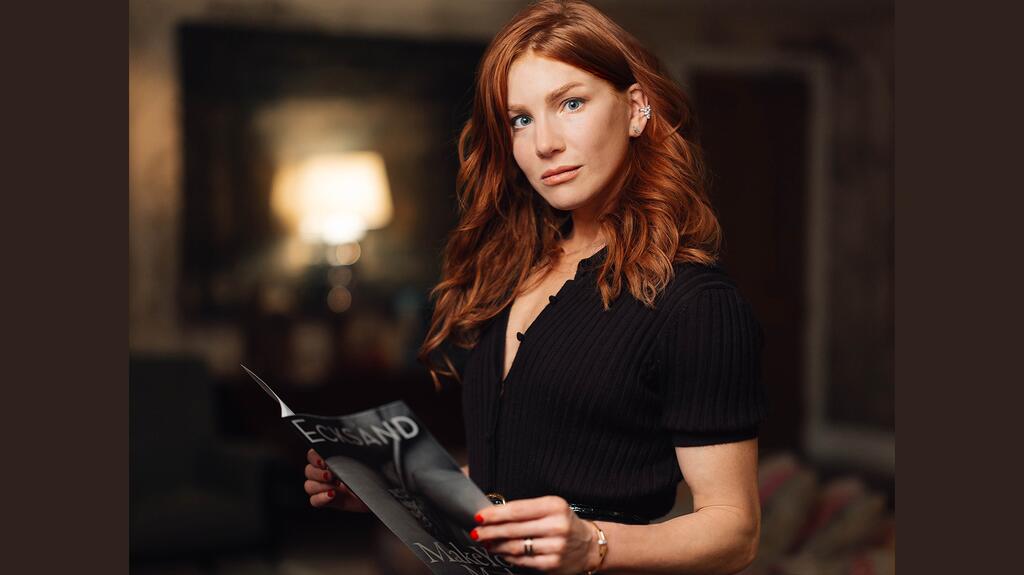
Sustainability has been an industry buzzword for years, but for Ecksand, it was a founding principle.
Sustainability is taken into consideration in the in-house production process, which includes operating on 100-percent renewable energy and implementing a careful waste management system to prevent pollutants from harming the local ecosystem.
It also affects its choice of materials, both in the jewelry itself and the product packaging, which is made of recycled components.
“We've always held ourselves very accountable, not just when it comes to the type of materials we're using, but also how long is this going to last? Because at the end of the day, that, to me, is true sustainability. It's longevity,” said Bianchini.
That idea of longevity extends itself to the jewelry design process, she said, with the goal of creating timeless designs.
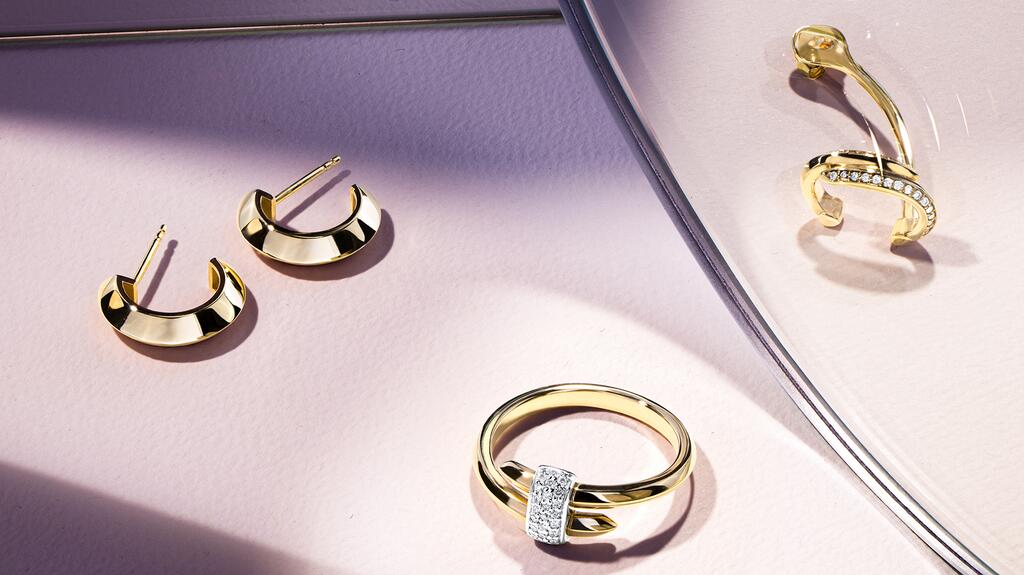
“If you're designing for longevity, you are not cutting any corners or making any compromises when it comes to the materials either, because they're married—the noble materials, sustainable materials, and design that lasts—they go hand in hand,” said Bianchini.
To ensure sustainability and longevity, one has to have a certain level of control over the process.
“For us to be able to do that in Canada, it was a very conscious decision we made from the beginning because we were very obsessive about quality control,” said Bianchini.
While Ecksand may have begun with sustainability at heart, many other jewelry brands have since joined in promoting responsible practices, whether or not they have the credentials to back it up.
“It's all about the true quality of things and selecting something of true substance over heavy marketing.” - Erica Bianchini, Ecksand creative director and co-founder
To stand out, Ecksand keeps its focus on quality and longevity.
Ecksand’s customer demographic is people in the 35-50 age range, but rather than zero in on age or gender, the brand looks for customers who share its values.
“Our demographic is someone that is looking for something that's really modern but effortless,” said Bianchini, both in the aesthetic and the accessibility.
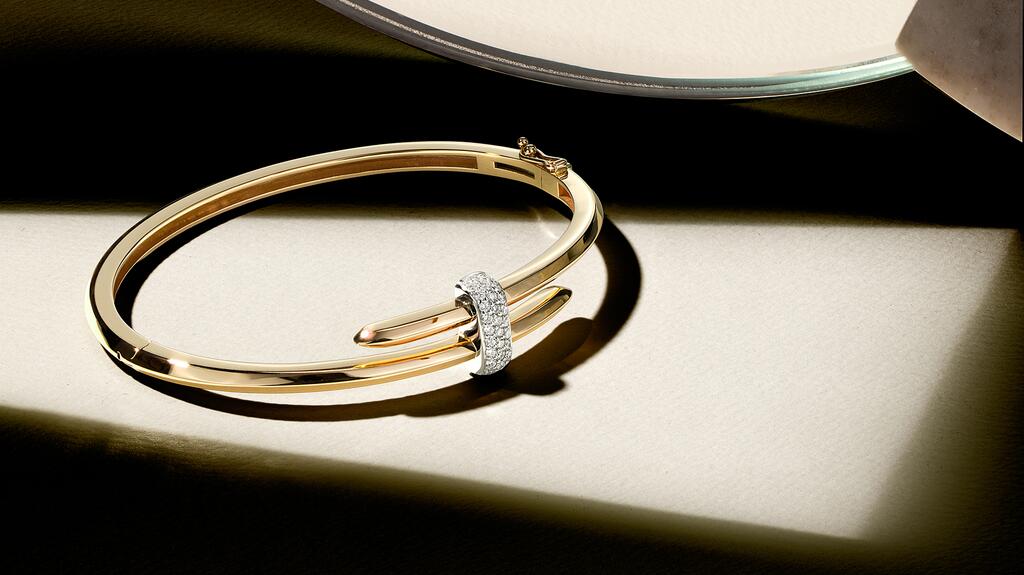
“They don't want it to cost a fortune. They don't want to have to mortgage their house to get an engagement ring. They don't want to have to go out of their way to get to a store because the online website isn't giving them the same experience that they would get in store. They don't want to have to fill out a quote online and wait two weeks for an estimate.”
Celebrities like Oprah Winfrey and Meghan Markle have been spotted in Ecksand jewelry, which Bianchini attributes to the brand’s craftsmanship and design.
“It's that less is more. It's all about the true quality of things and selecting something of true substance over heavy marketing,” she said.
The jeweler plans to lean into that substance-over-noise strategy for its U.S. launch.
Its U.S. clientele can only purchase Ecksand jewelry online currently and have been inquiring about a store in the States, said Bianchini, and Ecksand will soon deliver.
Ecksand plans to open a store in New York City’s SoHo neighborhood, with a tentative date set for October 2026.
The design of the store will likely take a few notes from Ecksand’s new Yorkville store in Canada.
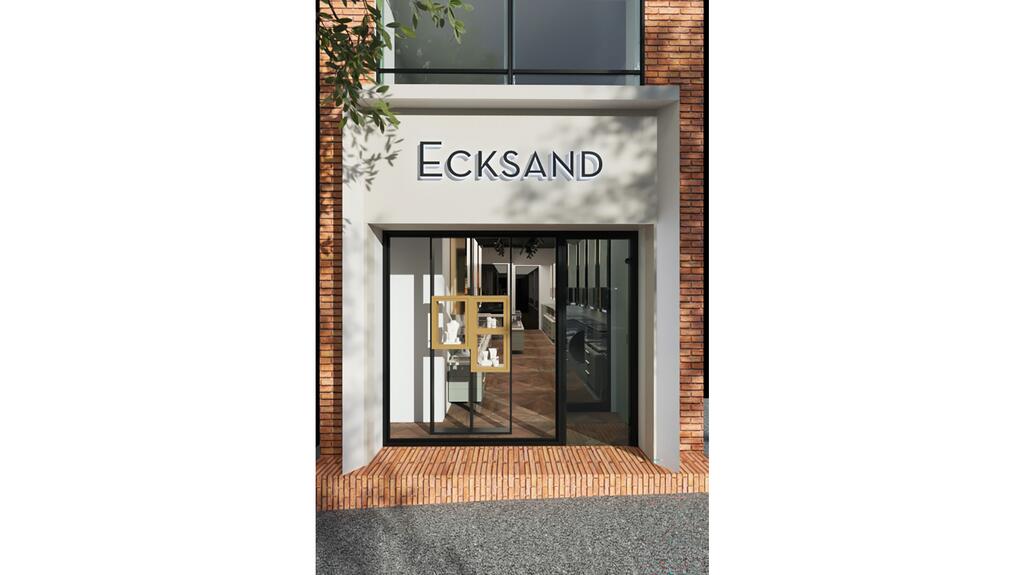
Binachini described the look as “a little bit Danish,” with real hardwood floors, olive trees, green displays, and a dark green ceiling.
“It almost feels homey because we want to remind people that this is all handcrafted in a very homey environment,” she said.
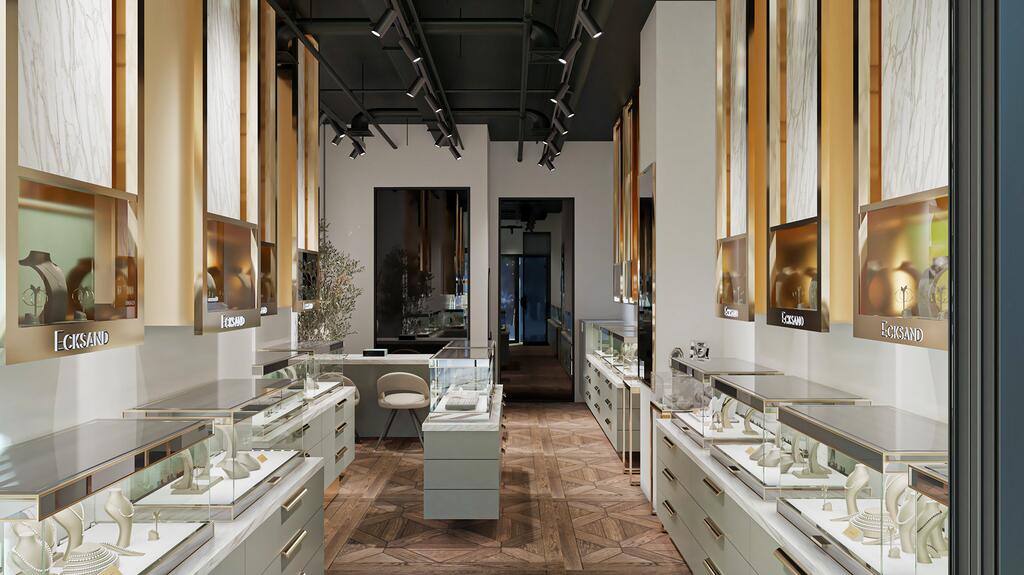
The store will offer Ecksand's bridal selection, but with larger diamonds than the styles it highlights in Canada to suit the more-is-more taste of some of its American clients.
Bianchini also noted a call for more colored gemstones from its American customers, particularly emeralds and blue sapphires.
Ecksand recently debuted its 15-piece “Wonder Pearl” collection, which brings a modern and sculptural take to classic pearl jewels.
“In a world where there's a lot of ordinary, you want to try to get the extraordinary.”- Erica Bianchini, Ecksand creative director and co-founder
Bianchini attributes the interest in colored gemstones, in part, to the rise of lab-grown diamonds.
“Ten years ago, if you had a huge six-carat diamond ring, people would assume right away, ‘Oh my God, that girl's got this crazy engagement ring. I love it.’ Now, you can get the same thing for like $4,000 bucks,” she said.
“It's not so much that they want to show off, but they need something that's more unique to them. More of like an identity badge,” said Bianchini, adding that’s where Ecksand’s designs come into play.
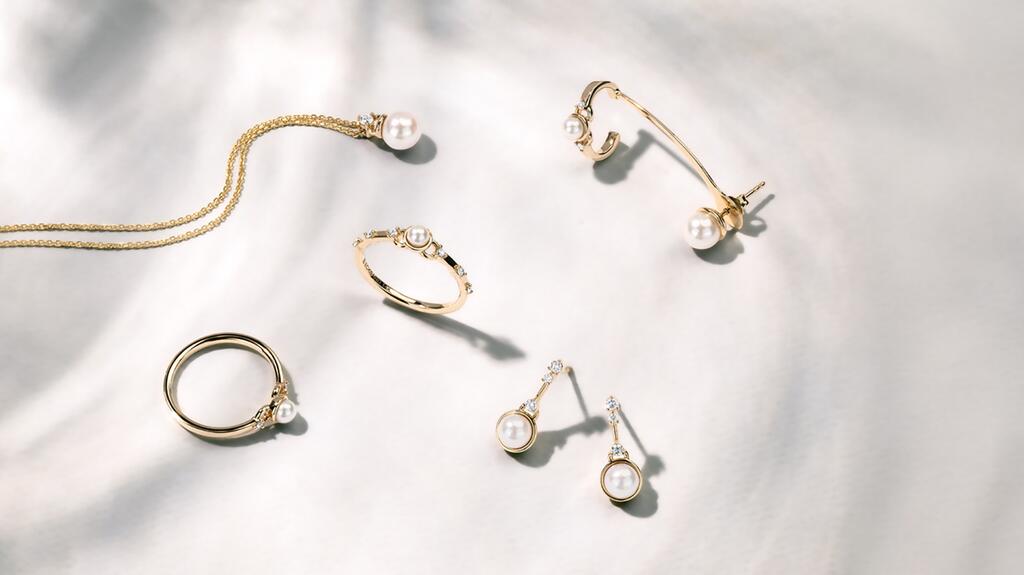
As far as the lab-grown versus natural debate, Bianchini tells customers that, in terms of sustainability, everything has its impact.
While the team provides educational information, it comes down to budget and personal choice.
Most clients, she said, will ask for recommendations based on their available budget rather than asking for a lab-grown or natural diamond in particular.
Above all, its clients are looking to stand out, said Bianchini, and that requires the Ecksand team to be “the masters of the tension between ease and edge.”
“In a world where there's a lot of ordinary, you want to try to get the extraordinary.”
The Latest

Set in a Tiffany & Co. necklace, it sold for $4.2 million, the highest price and price per carat paid for a Paraíba tourmaline at auction.

The jeweler’s “Deep Freeze” display showcases its iconic jewelry designs frozen in a vintage icebox.

Take luxury gifting to new heights this holiday season with the jeweler’s showstopping 12-carat sphene ring.

How Jewelers of America’s 20 Under 40 are leading to ensure a brighter future for the jewelry industry.

This year's theme is “Unveiling the Depths of the Ocean.”


In its annual report, Pinterest noted an increase in searches for brooches, heirloom jewelry, and ‘80s luxury.

Starting Jan. 1, customers can request the service for opal, peridot, and demantoid garnet.

Roseco’s 704-page catalog showcases new lab-grown diamonds, findings, tools & more—available in print or interactive digital editions.

The new catalog features its most popular chains as well as new styles.

The filmmaker’s personal F.P. Journe “FFC” prototype was the star of Phillips’ recent record-setting watch auction in New York.

The new location in the Design District pays homage to Miami’s Art Deco heritage and its connection to the ocean.

Inflations, tariffs, and politics—including the government shutdown—were among consumers’ top concerns last month.

“Longtime favorite” presenters, as well as first-time speakers, will lead talks and workshops at the annual event in Tucson next year.

Silas Smith of Meridian Metalworks won the challenge with his pendant that blends Australian and American landscapes.

The sale of the 31.68-carat, sunset-hued stone was part of Sotheby’s first series of events and auctions in Abu Dhabi.

Most customers who walk into your store this month have made up their minds. Your job is to validate their choice, Emmanuel Raheb writes.

The collection features characters and motifs from Ukrainian folklore, including an enchanted mirror and a magic egg.

MatrixGold 3.11, the newest version of the jewelry design program, offers more flexibility, precision, and creative control.

The pavilion will be part of the 2026 JA New York Spring show, scheduled for March 15 to 17.

Kadet, a 1994 National Jeweler Retailer Hall of Fame inductee, helped grow the family-owned retailer in the Chicago area and beyond.

Billed as the world’s smallest wearable, Lumia Health’s new smart earrings have a health tracker subtly embedded in the back.

Don’t let those with December birthdays feel blue. Help them celebrate their month with blue zircon, turquoise, and tanzanite.

The new pink sapphire version of the piece dances with its wearer in the brand’s “Icons After Dark” holiday campaign.

A choice that’s generated a lot of commentary, Pantone says “Cloud Dancer” marks a fresh start and encourages relaxation and creativity.

The manufacturer’s holiday campaign features a gift guide filled with trending designs and jewelry that can be personalized.

The man was charged with theft, accused of ingesting the necklace while in a jewelry store in Auckland, New Zealand.
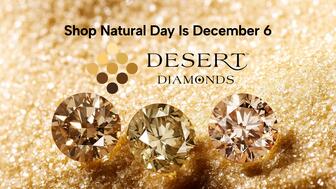
Sponsored by De Beers Group












